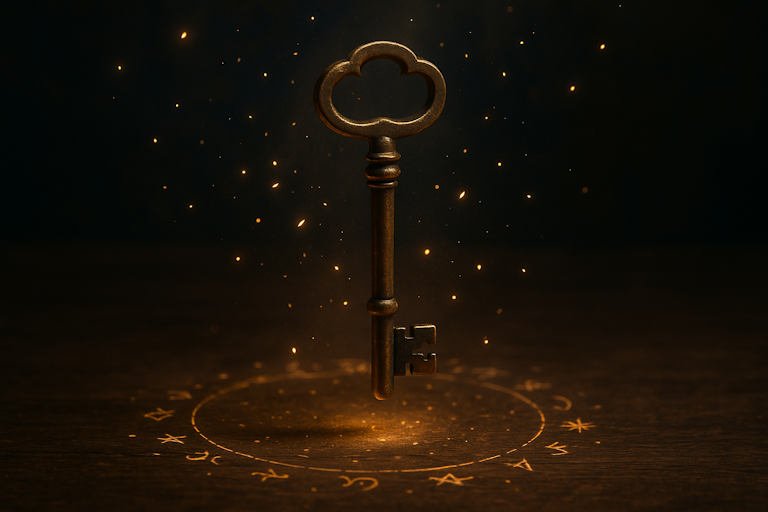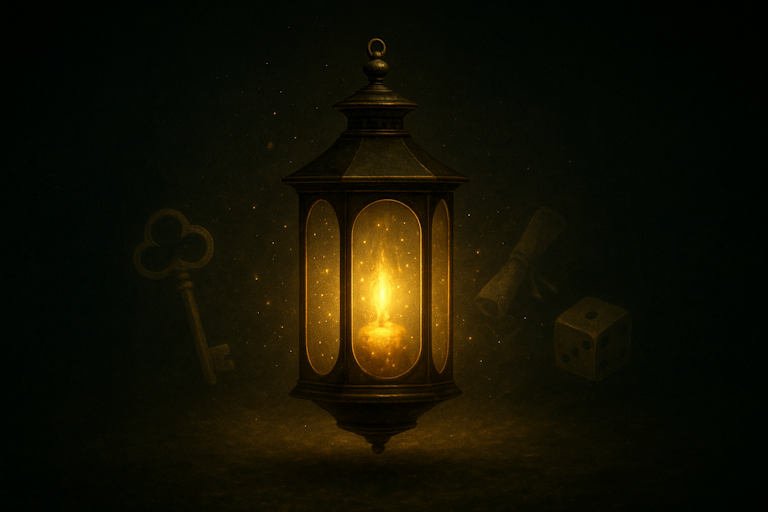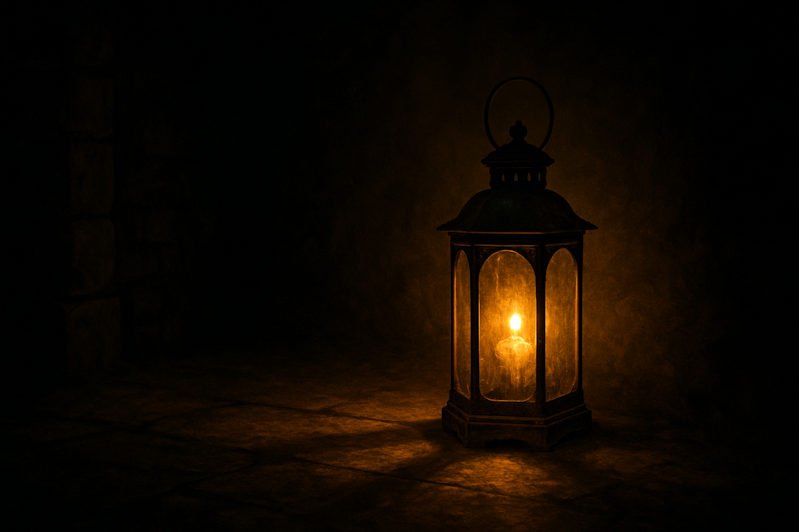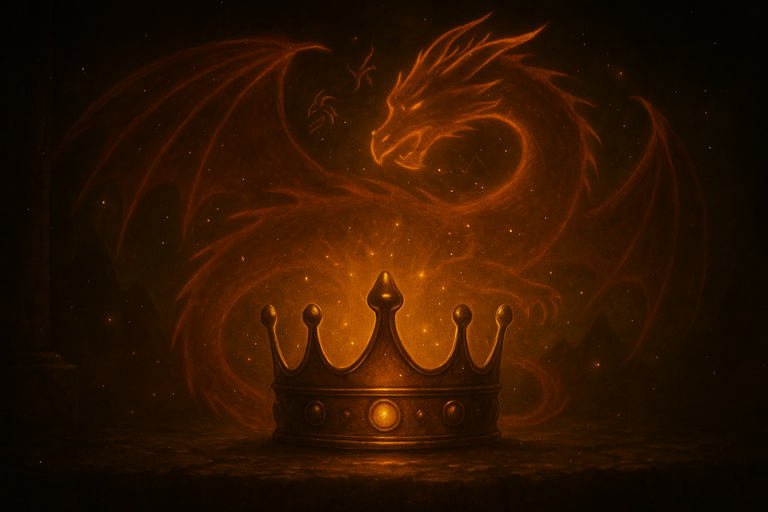
Archetypes in games: the surprising depth behind roles we love to play (2025)
Archetypes in games are more than familiar roles—they are the timeless figures that shape how we play and how we feel. From the noble hero to the lurking traitor, archetypes create instant recognition, guiding players into stories that feel both fresh and universal.
These roles are powerful because they connect to patterns we already know. Every culture has tales of mentors, villains, rebels, and lovers. By weaving these figures into gameplay, designers tap into a shared language of story that resonates across generations. Archetypes set expectations, but they also create room for surprise when characters shift or subvert their roles.
In this article, we explore the depth of archetypes in games: why they matter, which roles define the spectrum from hero to traitor, and how they transform both storytelling and play. A reminder that behind every move on the board or screen lies a character we’ve met before—and can’t wait to meet again.
Archetypes in games: what they are and why they matter
Archetypes in games begin with the recognition that certain roles appear again and again across cultures, genres, and platforms. These figures—hero, mentor, traitor, rebel—form a shared vocabulary that makes stories instantly accessible. We don’t need long explanations to understand what a villain wants, or why a mentor’s advice matters. Archetypes anchor us in the narrative before the first move is made.
The roots of archetypes stretch far back into folklore and mythology. Russian scholar Vladimir Propp identified recurring roles in traditional tales: the Hero, the Villain, the Donor, the Helper, the Princess, and the False Hero. Modern storytelling, from novels to films and games, continues to draw from this reservoir of character patterns. When designers place these archetypes into games, they invite players into a lineage of storytelling that feels both ancient and alive.
Why they matter is simple yet profound: archetypes make stories resonate. A hero’s journey is not just about slaying monsters—it reflects our desire for growth and transformation. A traitor unsettles not only the characters in the game, but also our trust as players, pulling us deeper into the drama. By aligning gameplay with archetypal roles, designers ensure that the emotional impact matches the mechanics.
Equally important, archetypes create space for subversion. When a supposed ally becomes the traitor, or when a villain reveals unexpected kindness, the tension between expectation and surprise keeps the experience compelling. Archetypes matter because they are flexible; they can be reinforced, inverted, or hybridized, but they always provide a foundation that players recognize.
In short, archetypes in games are more than narrative shortcuts. They are emotional touchstones that link us to universal patterns of story and play. Whether on a tabletop or a digital screen, these roles ensure that we are never just pushing pieces or clicking buttons—we are stepping into archetypes that speak to something timeless within us.

Uncover
The Firefly Inn
Behind its lantern light, secrets wait to be revealed. Step closer, and choose your path into the unknown.
Iconic archetypes: from hero to traitor
Among the many archetypes in games, few are as enduring—or as opposite—as the hero and the traitor. These roles bookend the spectrum of trust and betrayal, courage and deception, light and shadow. Together, they form the beating heart of countless narratives, from epic adventures to tense strategy games.
The hero archetype is perhaps the most universal. Whether embodied as a knight, a space marine, or a humble villager, the hero represents courage, sacrifice, and growth. Players step into this role eagerly, because it mirrors our own desire to face challenges and overcome them. The hero’s journey—rising from obscurity, tested by trials, transformed by triumph—gives players both a narrative and an emotional map. Even in the simplest mechanics, such as advancing across a board or leveling up in an role-playing game, the hero archetype infuses each step with meaning.
By contrast, the traitor archetype thrives on tension. This figure destabilizes trust, sowing doubt within the group and forcing players to question every move. In hidden-role games, like those woven into the mysteries of LanthornKeepers, the traitor is not just an enemy—they are one of us. That duality makes the archetype so compelling: it is not about strength, but about deception. Every silence, hesitation, or false clue becomes part of the performance, keeping players engaged in a web of suspicion.
Between these poles lie other archetypes that enrich the story. The mentor provides guidance, often sacrificing themselves to propel the hero forward. The outlaw or rebel rejects rules, opening new paths. The magician or manipulator adds mystery, bending perception and expectation. Each figure deepens the play experience by bringing recognizable patterns of behavior and motive.
What unites them all is their ability to stir emotion. Heroes inspire hope, traitors ignite paranoia, mentors bring wisdom, rebels spark defiance. Archetypes in games endure not because they are predictable, but because they give us a framework within which surprises feel even more powerful. When trust is broken or courage shines brighter than expected, we feel the full weight of story and play colliding.

Uncover
The Firefly Inn
Behind its lantern light, secrets wait to be revealed. Step closer, and choose your path into the unknown.
Five archetypes that shape compelling games
Archetypes in games give us patterns we instantly recognize. They shape expectations, create emotional depth, and guide the flow of both story and play. By looking at a few timeless roles, we can see how these figures keep returning—always familiar, yet always ready to surprise.
- The Hero: At the center of many archetypes in games, the hero represents courage, sacrifice, and transformation. Players step into this role to experience growth, whether through quests, challenges, or victories that mirror our own search for meaning.
- The Mentor: This archetype provides wisdom and direction. Sometimes supportive, sometimes flawed, the mentor gives guidance that shapes the hero’s path. Their presence shows how archetypes in games create balance between strength and vulnerability.
- The Magician: Mysterious, manipulative, or transformative, the magician brings unpredictability. They blur the line between ally and adversary, reminding us that archetypes in games thrive on complexity as much as clarity.
- The Rebel: Also called the outlaw, this figure challenges systems and breaks rules. Their defiance pushes stories into unexpected directions, proving how archetypes in games keep tension alive and invite players to think differently.
- The Traitor: The most unsettling of all, the traitor works from within. They fracture trust and shift alliances, showing that archetypes in games are not just about roles we admire but also about fears we carry into play.
Taken together, these archetypes in games reveal why stories feel universal yet personal. They allow us to step into patterns we know while discovering new shades of meaning each time we play.
An archetype is a mirror: it reflects what you bring to it. Some see a hero, others a traitor. The truth lies in your own gaze.
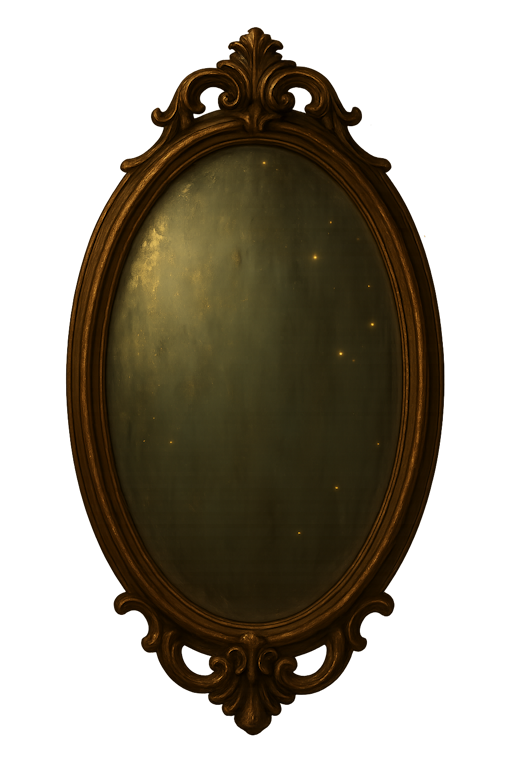
Archetypes in gameplay and storycraft
The lasting appeal of archetypes in games lies not only in characters but also in the mechanics that bring them to life. Story and gameplay work together, and archetypes provide the framework that allows both to resonate.
In role-playing games, for example, archetypes define classes and abilities. A warrior’s strength, a healer’s guidance, or a rogue’s cunning all trace back to universal patterns. These roles give players a sense of identity while ensuring balance in the system. Archetypes are not just narrative tools—they are practical structures that shape how games are designed and played.
Narrative-driven games also rely on archetypes to heighten tension. A traitor mechanic, where one player secretly works against the group, transforms cooperation into suspicion. Every move becomes charged with doubt, and trust becomes as fragile as glass. By embedding archetypes in the rules themselves, designers allow players to feel the emotional weight of story through action, not just dialogue.
Even beyond individual roles, archetypes in games guide storytelling arcs. A hero’s rise, a mentor’s sacrifice, a villain’s fall—these patterns echo across cultures and platforms, giving games a timeless quality. Yet their power lies in flexibility: archetypes can be reinforced, subverted, or blended, keeping stories familiar yet surprising.
Ultimately, archetypes in games show that play is never only about winning or losing. It is about stepping into roles that connect us to something larger: the myths we tell, the fears we face, and the heroes or traitors we might become.
Conclusion – The art of archetypes in games
The enduring magic of archetypes in games lies in their ability to bridge story and play. Heroes, mentors, rebels, magicians, and traitors are more than roles—they are mirrors of human experience. Each time we step into these patterns, we feel both the comfort of recognition and the thrill of uncertainty.
Designers and storytellers return to archetypes because they make games emotionally rich. A hero’s triumph inspires, a mentor’s wisdom steadies, a traitor’s betrayal unsettles. By weaving these roles into both narrative and mechanics, archetypes in games ensure that every choice carries weight beyond points or progress. They remind us that behind every battle, quest, or hidden role lies a timeless human drama.
What makes this so powerful is flexibility. Archetypes can be honored, inverted, or hybridized, keeping stories fresh without losing their universal resonance. A trusted ally might become a traitor; a villain might reveal unexpected kindness. These shifts only matter because the archetypes are there to frame the surprise.
Ultimately, archetypes in games endure because they let us play with identity itself. They invite us to test who we are, who we fear, and who we might become—at the table, on the screen, and in the stories we carry with us.

Uncover
The Firefly Inn
Behind its lantern light, secrets wait to be revealed. Step closer, and choose your path into the unknown.

